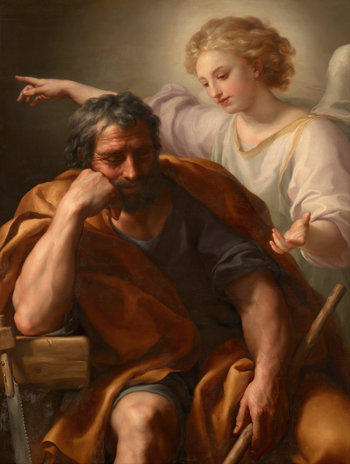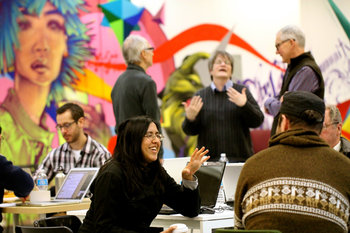
Theory
Humor is based on a sense of the unexpected, inexplicable, ridiculous and ironic. Dry humor can enhance these qualities to make things more humorous. For example, humor that is delivered as if it were not a joke may feel more surprising and odd.Dry Humor vs Sarcasm
Dry humor is a delivery technique. As such, it shouldn't be confused with specific types of humor or with sarcasm. Sarcasm is delivered without humor because it's generally not funny but intended to mock or convey contempt. Dry humor pertains to something funny.Emotion
It is often said that dry humor is delivered without emotion. This isn't exactly true. It is delivered without laughing or indicating that you think you're saying anything funny. However, it can be delivered with an emotion such as pretending you're angry about something.British Humor
Dry humor is particularly associated with British humor. Fawlty Towers, a British television comedy that aired from 1975 to 1979 is considered an unusually good example of dry humor. The series is set in a family run seaside hotel operated by a cynical and snobbish man, played by John Cleese, who finds himself in constant conflict with hotel guests. No matter how outlandishly silly each episode becomes, there is never any sense that the characters are trying to be funny.Laughing At Your Own Jokes
The polar opposite of dry humor is laughing at your own jokes. Depending on the situation, this has a tendency to make humor less effective as it throws off timing and makes jokes feel more predictable. It can also feel awkward if you're the only one who laughs at your own joke.| Overview: Dry Humor | ||
Type | ||
Definition | Humor delivered as if it were not funny. | |
Related Concepts | ||



























